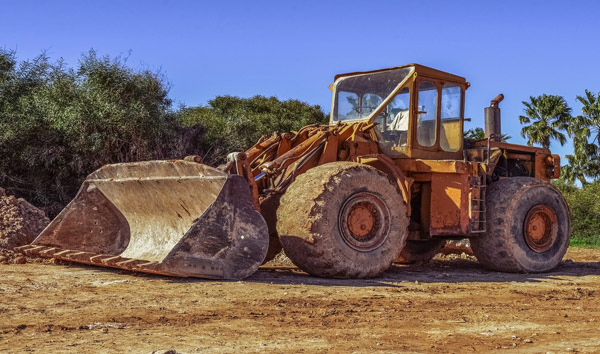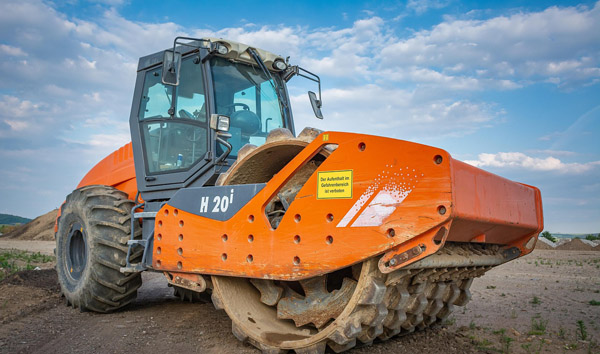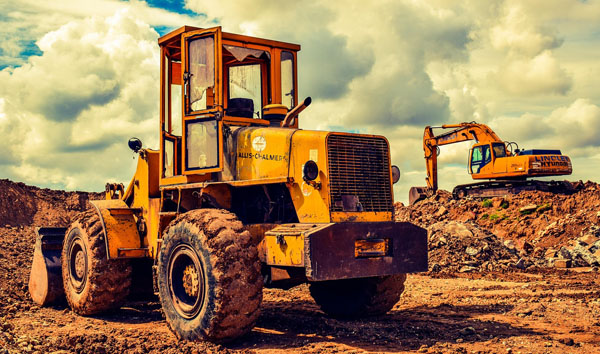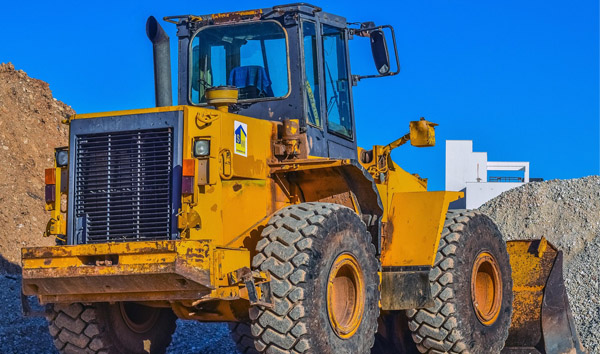Revolutionizing Heavy-Duty Operations: The Power of Rough Terrain Forklift Remote Monitoring
2025-07-30 05:10:32
The integration of remote monitoring systems into Rough Terrain Forklifts is transforming industrial operations by enhancing safety, efficiency, and predictive maintenance. This report explores the technological advancements, industry adoption trends, and measurable benefits of these systems in challenging work environments. Content The demand for rough terrain forklifts has surged in industries such as construction, mining, and agriculture, where uneven surfaces and harsh conditions are commonplace. Traditional operational methods often lead to inefficiencies and safety risks, but the advent of rough terrain forklift remote monitoring is changing the game. By leveraging IoT sensors, GPS tracking, and real-time data analytics, these systems provide unprecedented visibility into equipment performance.
One of the most significant advantages of rough terrain forklift remote monitoring is its ability to predict mechanical failures before they occur. Sensors embedded in critical components—such as hydraulics, engines, and transmissions—continuously collect data on temperature, vibration, and fluid levels. Machine learning algorithms analyze this data to detect anomalies, allowing maintenance teams to intervene proactively. For example, a 2023 industry report revealed that companies using remote monitoring reduced unplanned downtime by 37% in rough terrain forklift fleets.
Safety is another area where rough terrain forklift remote monitoring excels. Real-time alerts notify operators and supervisors of hazardous conditions, such as unstable loads or excessive tilt angles. In a recent case study, a construction site utilizing remote monitoring reported a 45% reduction in accidents involving rough terrain forklifts. Additionally, geofencing technology ensures that these powerful machines operate only within designated zones, mitigating the risk of unauthorized use or collisions.
From an operational standpoint, rough terrain forklift remote monitoring optimizes fuel consumption and route planning. GPS-enabled tracking allows fleet managers to monitor idle times, inefficient routes, and unauthorized usage. Data from a leading logistics firm showed a 22% improvement in fuel efficiency after implementing remote monitoring for their rough terrain forklifts. Furthermore, automated reporting tools streamline compliance with safety regulations, reducing administrative burdens.
The adoption of rough terrain forklift remote monitoring is accelerating, with the global market projected to grow at a CAGR of 12.5% from 2023 to 2030. Industries are recognizing its potential to cut costs, enhance productivity, and improve worker safety. As technology evolves, features like AI-driven diagnostics and 5G connectivity will further solidify its role as an indispensable tool for heavy-duty operations.
In conclusion, rough terrain forklift remote monitoring is no longer a luxury but a necessity for industries operating in demanding environments. By harnessing real-time data, predictive analytics, and automated alerts, businesses can achieve higher efficiency, lower costs, and safer workplaces. The future of rough terrain forklift management lies in the seamless integration of these advanced monitoring systems.














